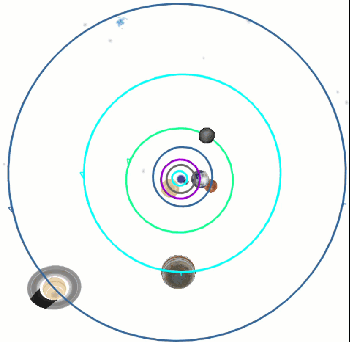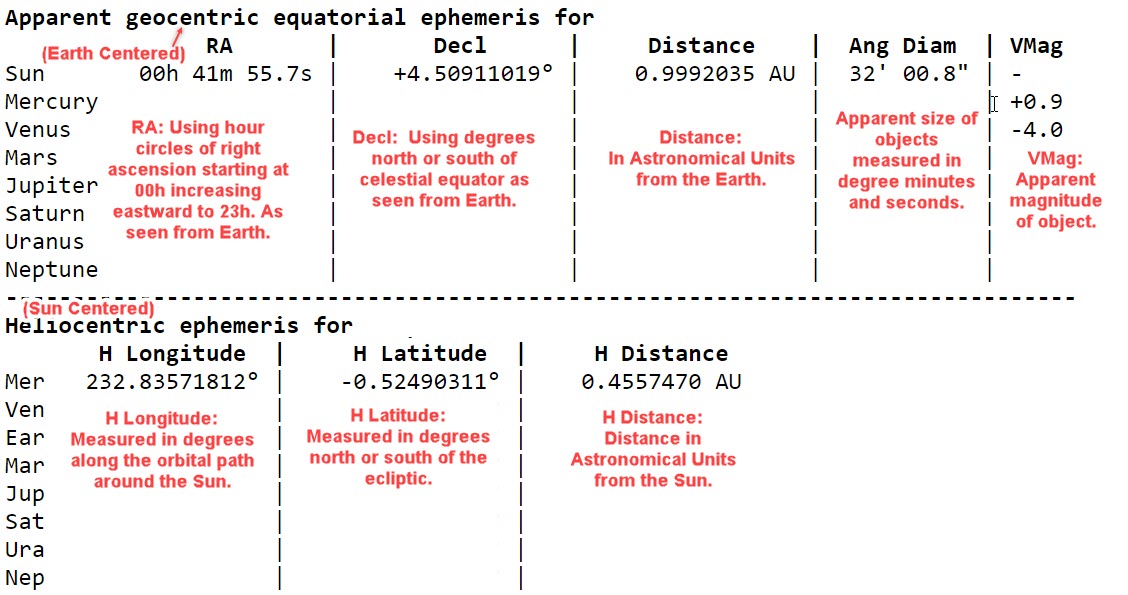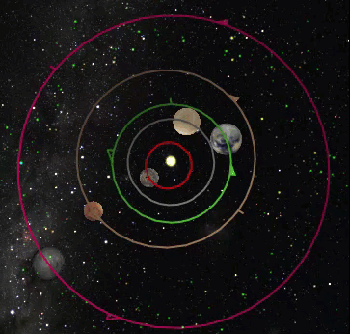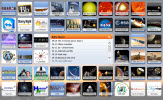November 2023
This month two of the giant ringed planets, Jupiter and Saturn, shine brightly above the horizon through most of the night hours. Venus continues to outshine everything except the Moon in the pre-dawn skies. The other inner planet, Mercury, starts becoming visible but low over the western horizon at sunset local time.
This month is also the month for a potential meteor storm from the annual Leonid Meteor shower. "Potential" because it all depends on where the Earth passes through the cloud of comet debris that is the source for the meteors. There is approximately a 33-year cycle when the meteor shower becomes more of a meteor storm with thousand's of meteors per hour. This year is not that year but meteor showers are somewhat unpredictable so it should be worth getting up before sunrise and take a look.
Click here for the month at a glance calendar.
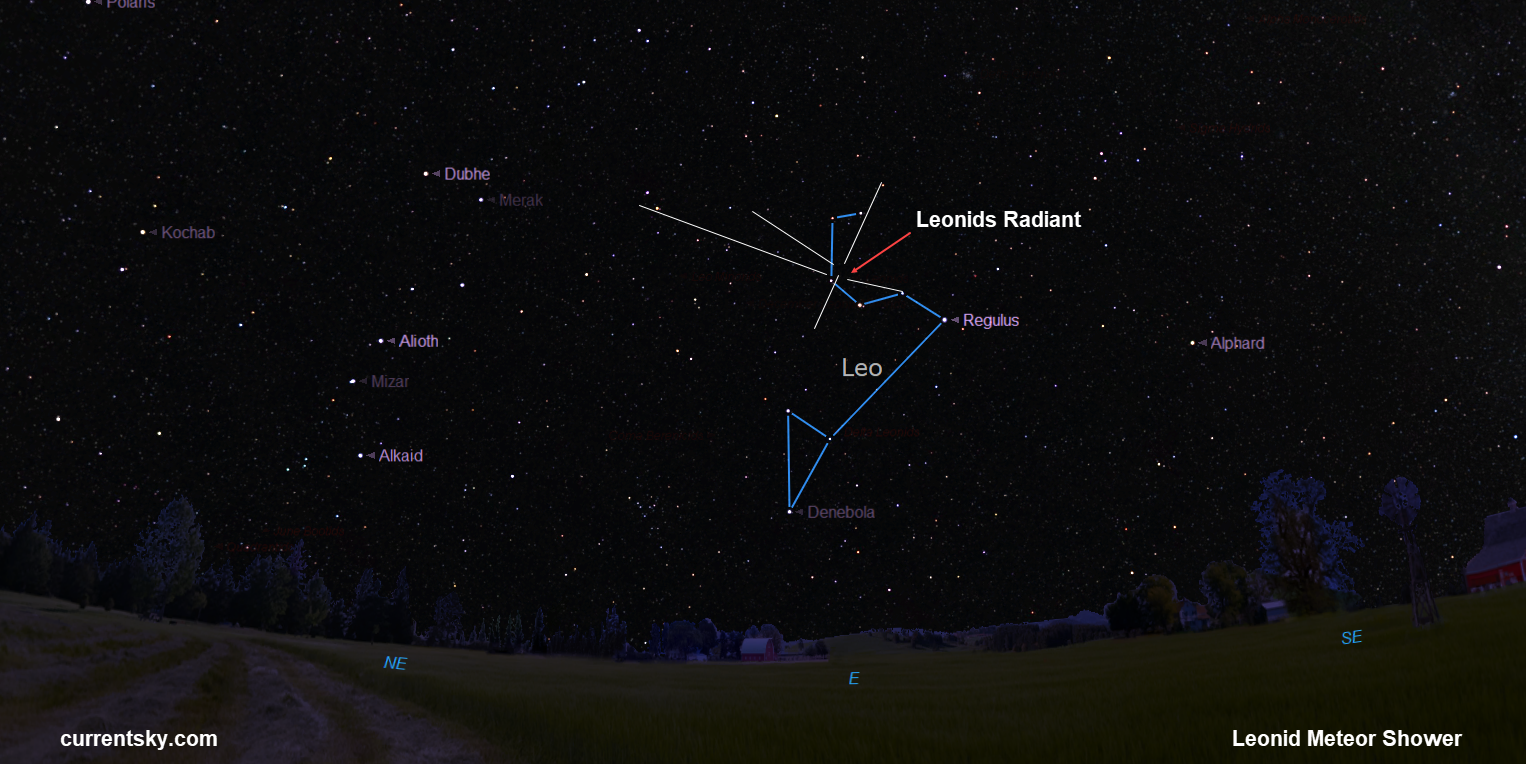
What is this? "It's a prediction of when Lees Summit, MO, will have good weather for astronomical observing." Click on the graphic to go to the Clear Sky web site.

Mercury moves into the evening skies toward the middle of the month and gradually moves toward eastern elongation early next month. It's evening appearance will be low above the horizon for Northern Hemisphere observers.
Venus continues to shine brightly in the morning skies outshining everything except the Moon. Watch for a close conjunction with the waning crescent Moon on the 9th.
Mars remains too close to the Sun to be visible and reaches solar conjunction on the 18th.
Dwarf Planet Ceres is too close to the Sun to be visible this month.
Jupiter is visible for essentially the entire night hours this month as it reaches opposition on the 3rd. Jupiter is still in retrograde motion crossing the stars of Aries. Watch for a conjunction with the waxing gibbous Moon on the 25th.
Saturn ends its retrograde motion on the 4th and resumes its prograde, forward, or eastward motion back across the stars of Aquarius the Water Bearer. Watch for a conjunction between the Moon and Saturn on the 20th.
Uranus reaches opposition on the 13th and as such will be above the horizon all night this month. With an apparent magnitude less than 6.0 Uranus may be visible to the unaided eye in dark enough skies.












